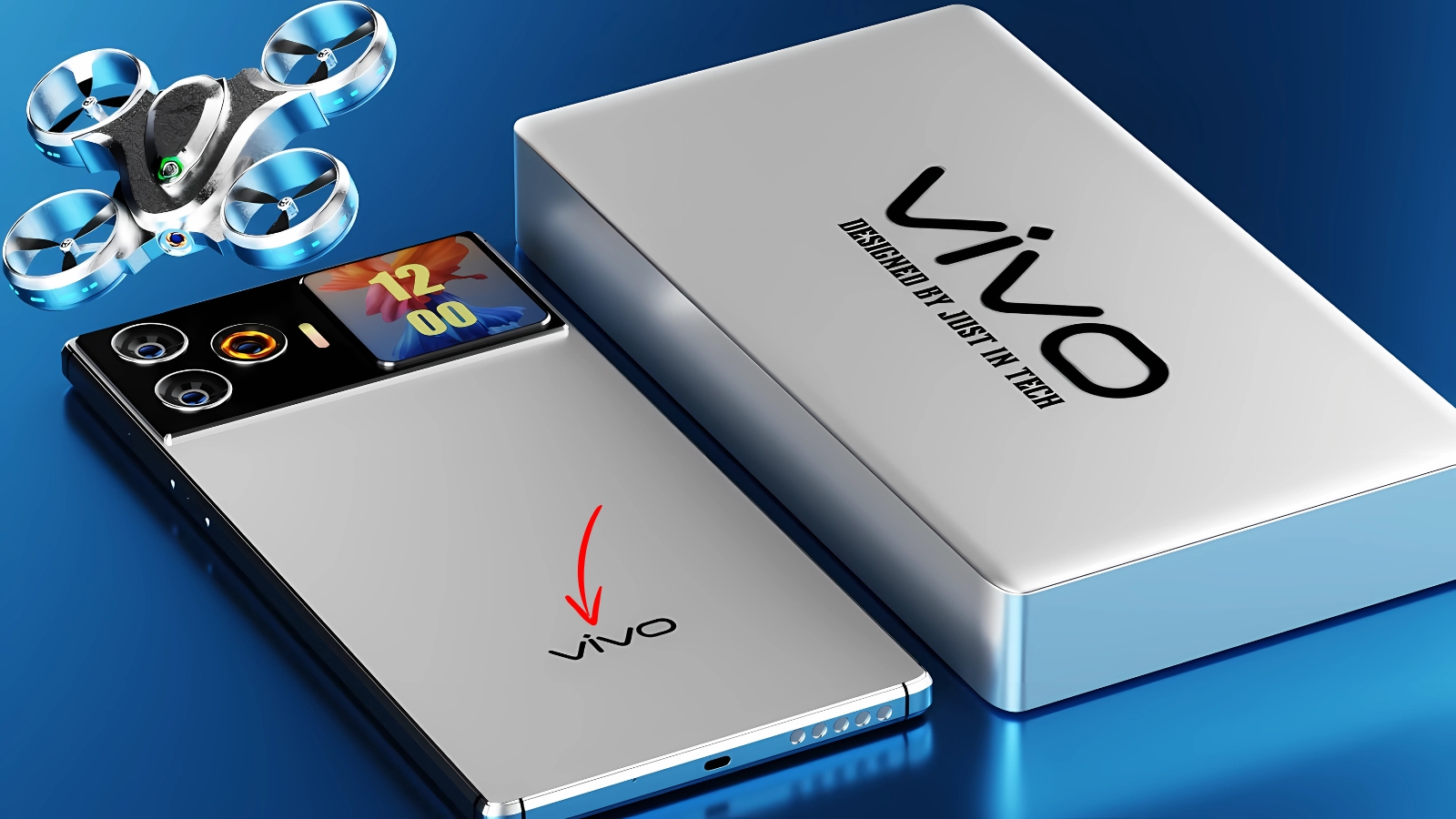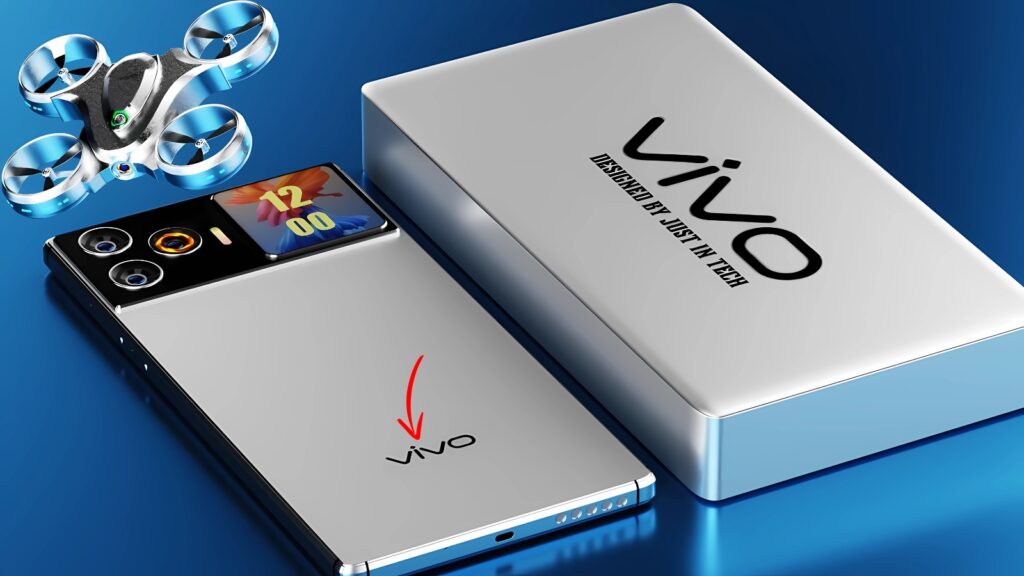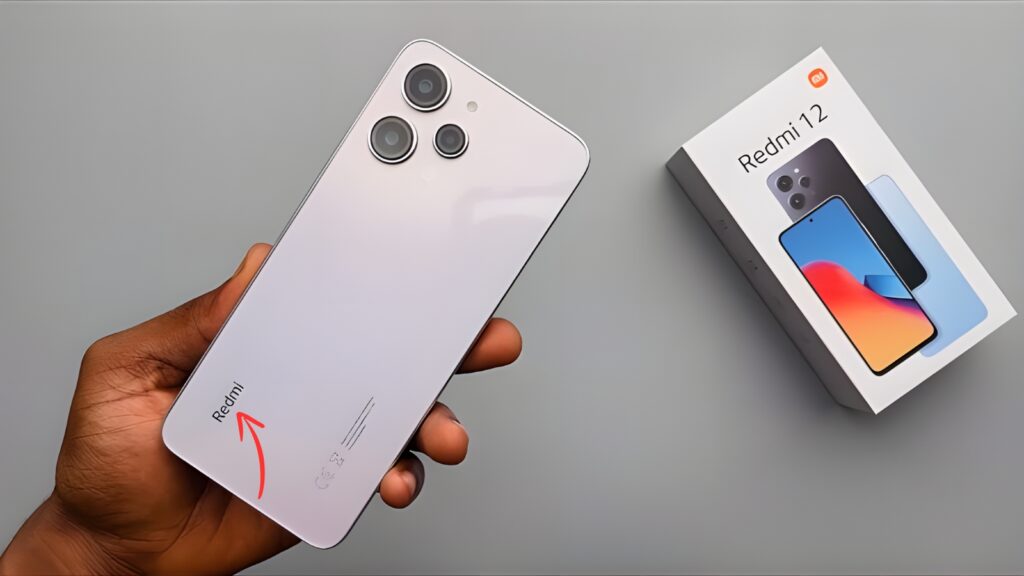Vivo Fly Drone phone : Vivo just broke every rule in the smartphone playbook. The Vivo Fly launched today, and yes, it’s exactly what it sounds like – a phone with an integrated drone camera that detaches and flies. Oh, and that flying camera? It shoots at 500 megapixels. If your brain just short-circuited trying to process that, you’re not alone. The entire tech world is collectively losing their minds right now.
At the launch event, jaws literally dropped when the phone’s camera module detached and hovered mid-air. This isn’t some concept video or CGI trick – it’s a real product hitting stores. Vivo spent five years developing this madness in secret, and honestly, nobody saw it coming. The future just arrived, and it looks wild.
The Flying Camera That Changes Everything
Let’s break down this insanity. The top portion of the phone houses a detachable micro-drone weighing just 35 grams. Four tiny propellers provide flight, while advanced stabilization keeps footage smooth. Flight time hits 15 minutes per charge, with the phone acting as both controller and charging dock. When docked, it functions as a regular (though bulky) camera bump.
That 500MP sensor isn’t just marketing nonsense either. Using advanced pixel-binning, it captures 31.25MP images in standard mode with incredible detail. Full resolution mode? Prepare for 120MB file sizes that reveal details invisible to naked eyes. The gimbal stabilization works both in-flight and handheld, delivering footage that looks professionally shot.
Control happens through the phone screen with virtual joysticks or gesture controls. Pre-programmed modes include orbit shots, dramatic reveals, and follow-me tracking. The AI keeps the drone within 50 meters while avoiding obstacles. It’s surprisingly intuitive – most users master basic flight within minutes.
Design Accommodating Revolutionary Tech
The Vivo Fly looks different because it is different. At 218 grams with the drone attached, it’s hefty but balanced. The main body uses aerospace aluminum for strength without excessive weight. When the drone detaches, the phone weighs a more reasonable 183 grams. The magnetic attachment system locks securely – no accidental deployments.
Three colors launched: Cosmic Black for professionals, Sky Blue for adventurers, and Aurora White for trendsetters. Each features special coating resisting fingerprints and minor scratches. The 6.8-inch AMOLED display curves slightly, maximizing screen while maintaining grip. Even with drone housing, it fits large pockets – barely.

The drone module itself looks properly futuristic. Folding propellers tuck flush when docked. LED status lights indicate battery and connection status. The gimbal-mounted camera rotates 180 degrees for versatile shooting angles. It’s engineering porn for tech enthusiasts.
Performance Powering Innovation
Snapdragon 8 Gen 3 handles the computational load, but Vivo added a dedicated flight processor managing drone operations. This dual-brain approach prevents flight controls from affecting phone performance. The 16GB RAM feels necessary when processing 500MP images and 8K video simultaneously.
Storage starts at 512GB because anything less would be insulting with those file sizes. The 1TB option makes more sense for serious content creators. UFS 4.0 speeds prevent bottlenecks when transferring massive files. Every component supports the ambitious camera system.
Battery management required clever engineering. The 5500mAh main battery powers the phone, while the drone carries its own 450mAh cell. Wireless charging happens whenever docked. The phone can emergency-charge the drone through physical connection if needed. 100W wired charging fills everything in 40 minutes.
Software Making Complexity Simple
Vivo’s FlyOS skin transforms Android into a flight control center. The camera app seamlessly switches between handheld and drone modes. Editing tools handle 500MP files without choking. Social media integration resizes intelligently – no uploading massive files accidentally.
Safety features prevent disasters. Geo-fencing keeps flights legal. Low-battery return-to-home works reliably. Obstacle detection prevents crashes. Weather monitoring warns about unsafe conditions. It’s comprehensive protection for expensive hardware.
Pricing for Early Adopters
At ₹84,999, the Vivo Fly targets enthusiasts and content creators rather than mainstream buyers. It’s expensive, but considering you’re getting a phone and drone combination, the math starts making sense. Traditional camera drones cost similar amounts without phone functionality.
Launch bundles include extra propellers, carrying case, and extended warranty covering drone components. Vivo’s building an ecosystem, not just selling phones.
Bajaj Pulsar RS 200 – Full dangerous design bike launch with powerful engine
Vivo Fly Drone phone The Game-Changer Nobody Expected
Vivo Fly represents something bigger than specifications. It’s proof that smartphone innovation isn’t dead – just hibernating until someone brave enough challenges conventions. Yes, it’s expensive, chunky, and probably overkill for most users. But it’s also revolutionary, functional, and impossibly cool.
Available next month through select retailers, expect limited quantities initially. Sometimes the future arrives not through incremental updates but giant leaps. Vivo just took that leap, and honestly, we’re here for it.


